The Fossil Fuel Industry Continues Producing Heat-Trapping Emissions that Drive Climate Change
Union of Concerned Scientists
APRIL 4, 2024
My fellowship is based on using data that trace heat-trapping emissions to major fossil fuel producers in order to understand how they have affected the climate, particularly global sea levels, and to aid efforts to hold these producers accountable. I’ve marked these important years with dotted lines in Figure 2.

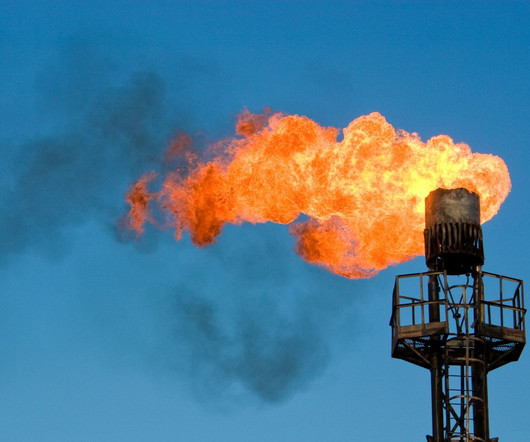
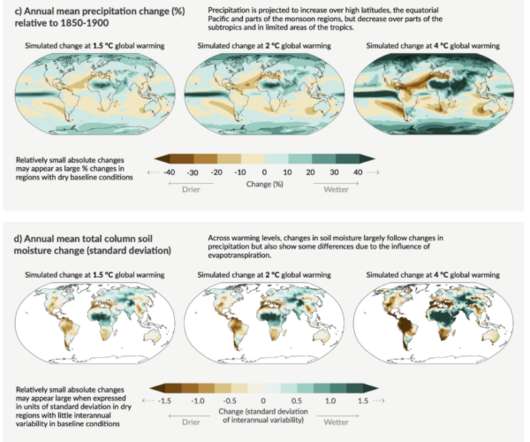

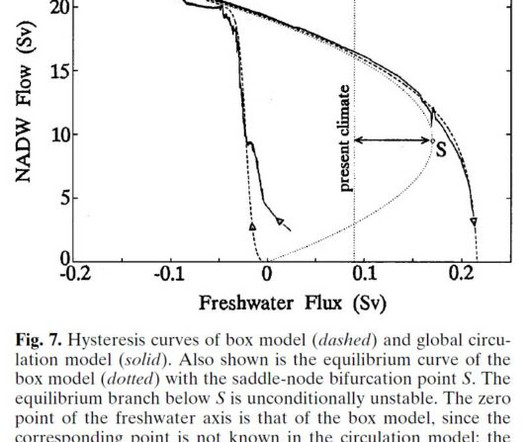
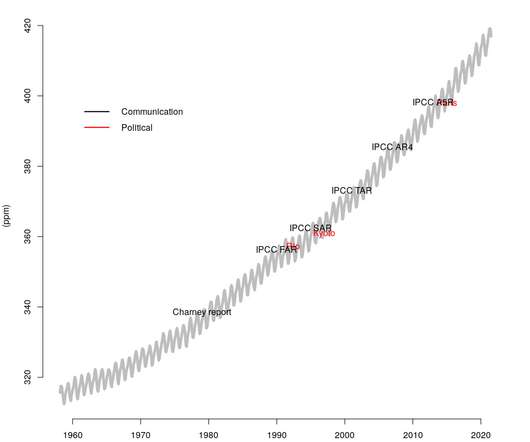





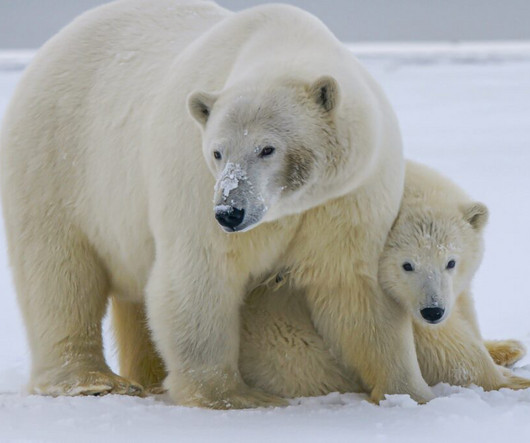










Let's personalize your content